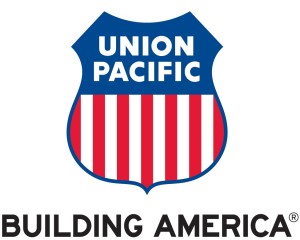Jorge Perez is senior vice president of Manpower North America, overseeing ManpowerGroup’s staffing business in the United States and Canada. Perez, recently named one of the 100 most influential leaders in the staffing industry by Staffing Industry Analysts, is an expert in workforce trends and is passionate about equal employment opportunities.
Historically, the world’s focus around sustainability has been on environment and natural resources. But in a time of unprecedented unemployment, combined with critical talent shortages, there is also a great need and opportunity for the world to shift its focus to talent as a critical resource for sustainability. At Manpower, this is at the core of what we do – connecting people to jobs to improve a person’s employability, which also builds communities, countries and the lives of individuals.
Part of talent sustainability is equipping people with the tools, opportunities and training they need to achieve their goals. For many years, we have been telling our young people that the training they need to achieve their goals is only in the form of a four-year degree. Unfortunately, we’ve been doing our young people a disservice with this advice. As a result, many young professionals are graduating from college with astronomical student loan debt and diminished career prospects due to the high unemployment still lingering from the recession.
It’s Time for a Mindset Shift
According to ManpowerGroup’s 2013 Talent Shortage Survey, 39 percent of U.S. employers are having difficulty finding staff with the right skills. In the same survey, employers report that the most difficult jobs to fill are skilled trades positions. Drivers, technicians and mechanics also make the list. There is at least one thing each of these positions has in common – all require technical or vocational training, not a four-year college degree. Knowing the skills that are in demand, why are we guiding the vast majority of students toward a university education?
There needs to be a collective mindset shift in how society views Career Technical Education (CTE). We have to acknowledge that the four-year university experience is not for everyone, and we’ve made the mistake of steering too many kids in that direction in the past. There was a perception that the jobs accessible to students who did not go the four-year college route, like manufacturing jobs, were dirty and dangerous. That’s an outdated idea, and we need to bring honor back to manufacturing and the skilled trades. Parents, teachers, guidance counselors and students themselves need to understand what it’s really like to work in a modern manufacturing environment – it’s clean, it’s high tech, there is upward mobility. It’s very rewarding – personally, professionally and monetarily – for those who choose this path.
Getting back to CTE – it is a critical component of the educational system. We need CTE because it prepares students for both college and career readiness. CTE is focused on preparing students for their career path of choice, with the understanding that most careers require some postsecondary education and training. Right now, this country needs students to be made aware of the demand for careers that call for skilled training as plumbers, welders, carpenters, machinists and the like. Students need to know that these career paths offer employment security at a time when job security is no longer a guarantee. It’s time to reinvent the image of technical training and associated technical careers so we can move toward talent sustainability.
The Friends of CTE Guest Blog Series provides advocates – from business and industry to researchers and organizations – an opportunity to articulate their support for Career Technical Education. The monthly series features a guest blogger who provides their perspective on and experience with CTE as it relates to policy, the economy and education.
Are you interested in being a guest blogger and expressing your support for CTE? Contact Melinda Findley Lloyd, Communications Consultant, at [email protected].






